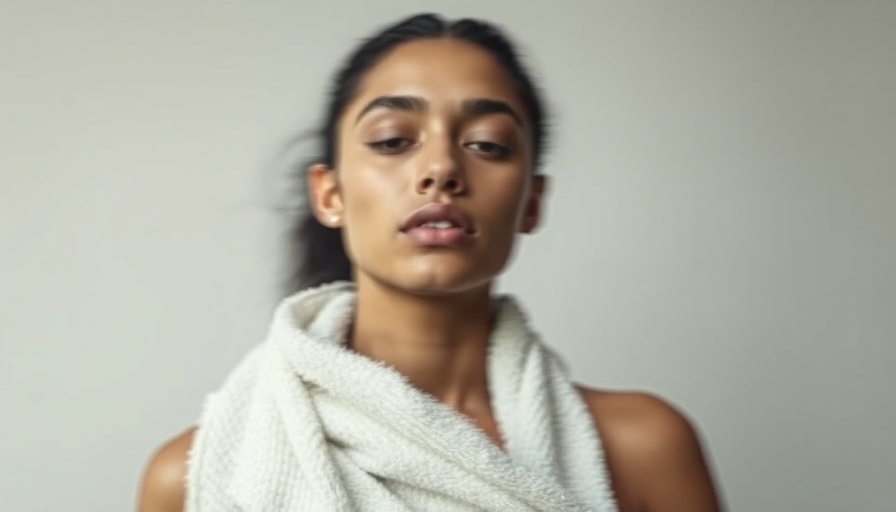
How Rising Costs are Reshaping Beauty Buying in the U.S.
The landscape of beauty spending in the United States is changing dramatically, driven by economic pressures and shifting consumer priorities. As inflation continues to impact disposable incomes, a new report from BEAUTYSTREAMS reveals profound insights into how U.S. consumers are reassessing their beauty purchases. With over 1,000 respondents from diverse backgrounds, this survey provides a clear perspective on the future of beauty spending.
Understanding Price Sensitivity: What Consumers Are Saying
Price sensitivity is a growing concern among beauty consumers. Many respondents indicated that a 10-20% increase in beauty products would significantly alter their purchasing behavior, with some stating they would buy “much less” or “a little less.” This suggests that brands must keenly evaluate their pricing strategies. Recommended actions include introducing tiered pricing models to maintain consumer interest while delivering value across different product categories.
The Shift from Luxury to Essentials
As financial constraints tighten, consumers are prioritizing essentials such as facial skin care and hair care over luxury experiences like spa services. This trend highlights the need for brands to innovate within core product lines and reframe luxury as a wellness investment. By focusing marketing efforts on non-negotiable essentials, brands can better connect with consumers during this economic shift.
Buying Local: A New Competitive Advantage
Interestingly, the survey showed a strong preference for U.S. brands, especially in light of potential tariff increases. Nearly XX% of respondents expressed a willingness to switch to domestic products to support the local economy. This sentiment provides a valuable opportunity for U.S. brands to emphasize local provenance, sustainability, and safety in their messaging. For international brands, developing “Made in USA” sub-lines might be a strategic move to cater to this growing demand.
Diverse Demographics, Diverse Priorities
The report also emphasizes demographic nuances in beauty spending. While younger consumers (ages 18–29) tend to demonstrate stronger brand loyalty, middle-aged respondents (ages 45–60) are more likely to opt for affordable alternatives or postpone purchases. This variance in preferences suggests brands should tailor their marketing and product development strategies based on the target audience's life stage and values.
Adapting to Price Triggers and Consumer Behavior
Understanding the factors that drive switching behavior is critical for brands. A small price increase could lead many consumers to abandon their preferred foreign brands. Therefore, keeping an eye on price elasticity and leveraging targeted messaging during tariff cycles could help brands position themselves favorably in the market.
Conclusion: Reacting to Change in the Beauty Industry
As U.S. beauty consumers adapt to rising costs and shifting preferences, brands have an opportunity to recalibrate their strategies with actionable insights from this extensive survey. With a focus on essentials, local support, and demographic needs, beauty brands can thrive even amid economic uncertainty. The report’s findings prompt brands to rethink their approach and optimize their marketing strategies to resonate with today’s conscious consumers.
In today’s beauty market, staying informed and adaptable is crucial. This report offers invaluable insights tailored to help beauty brands shape their product offerings and marketing strategies effectively. Don't miss out on the opportunity to delve deeper into this evolving landscape — pre-order the full report now!
 Add Row
Add Row  Add
Add 




Write A Comment